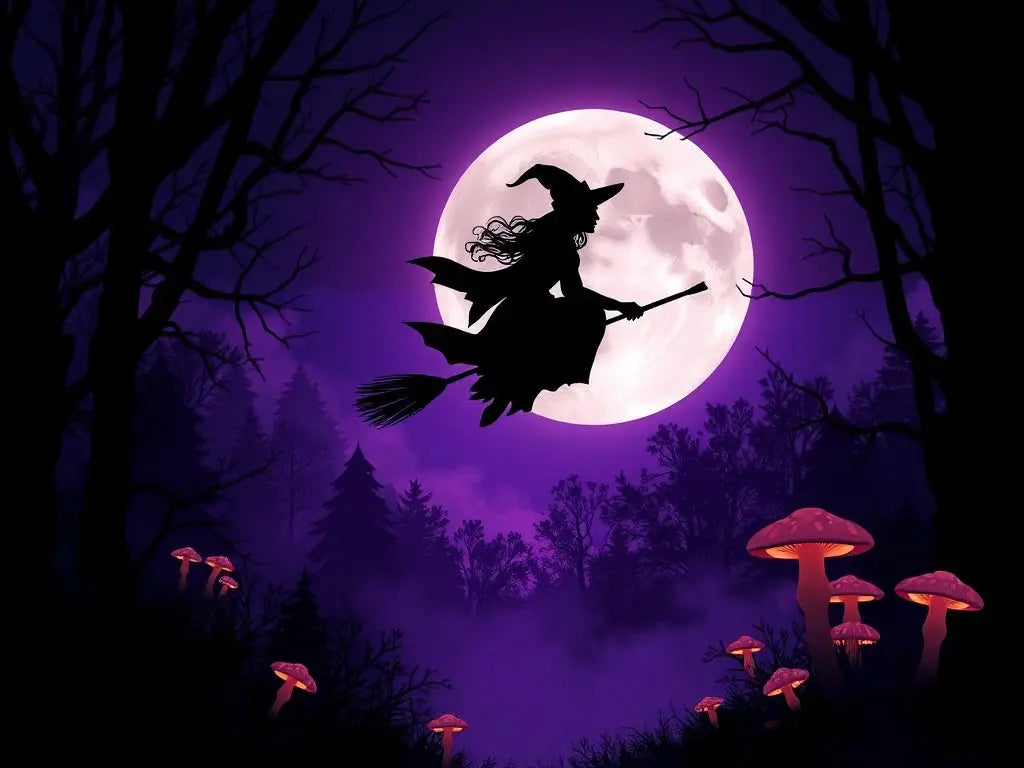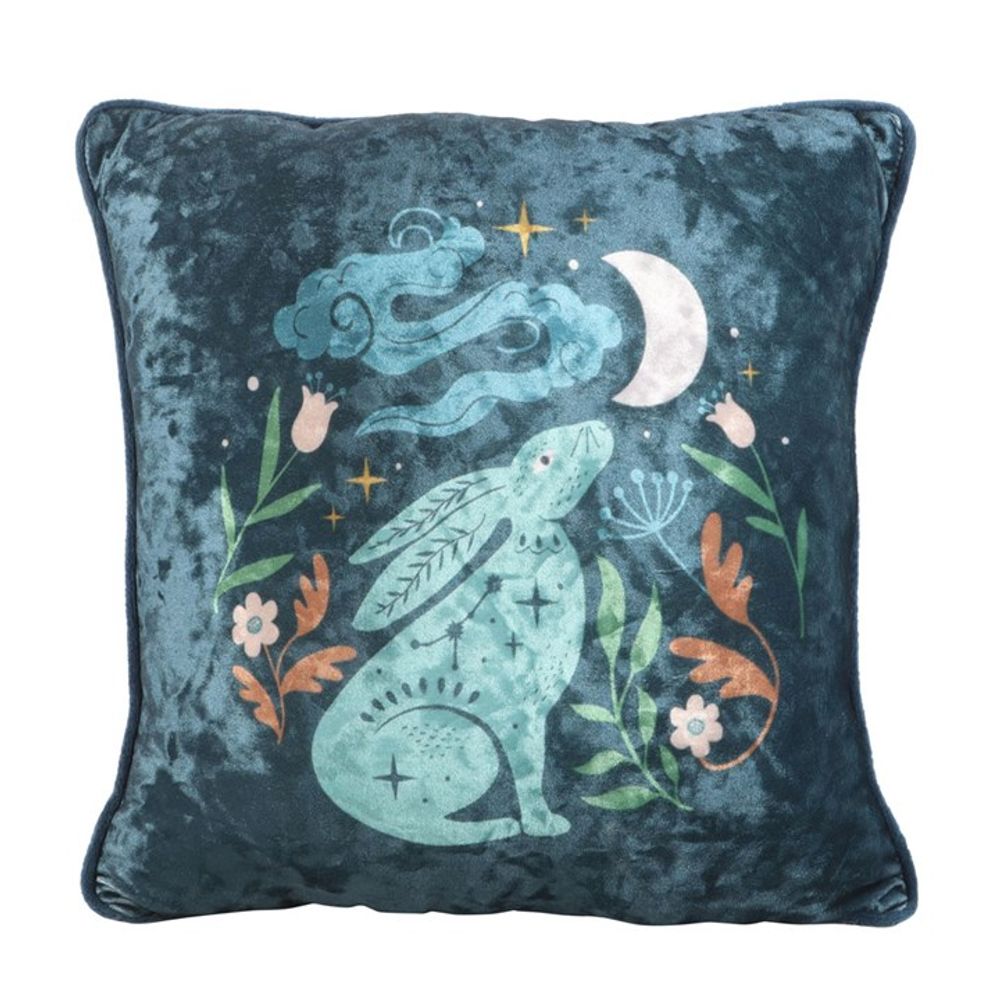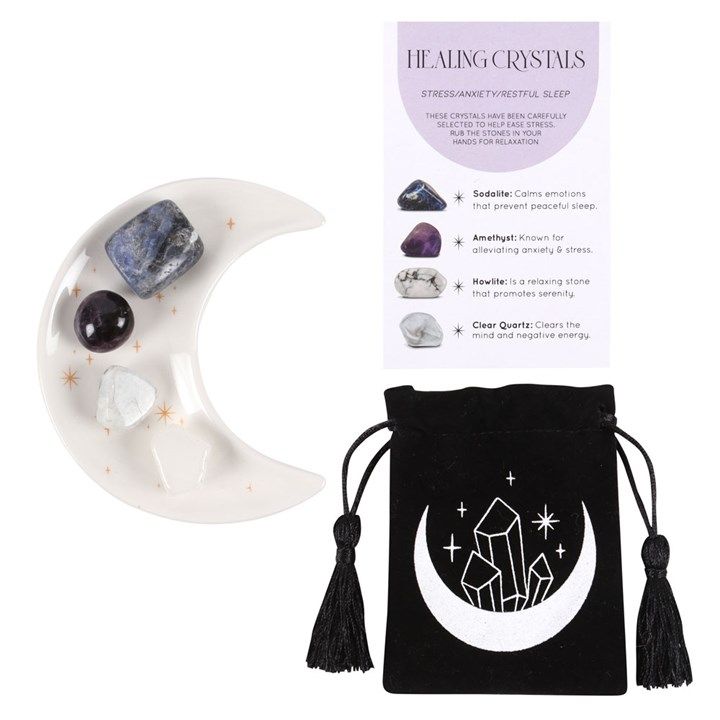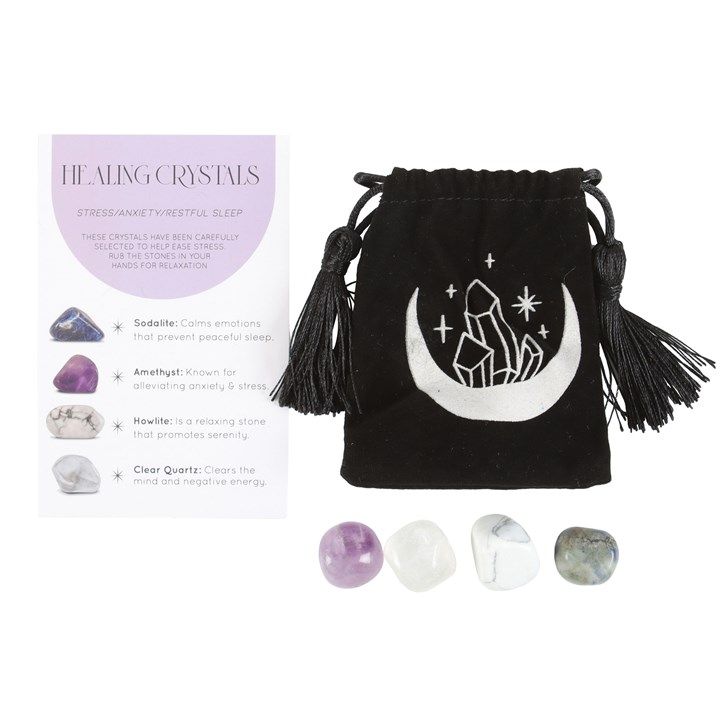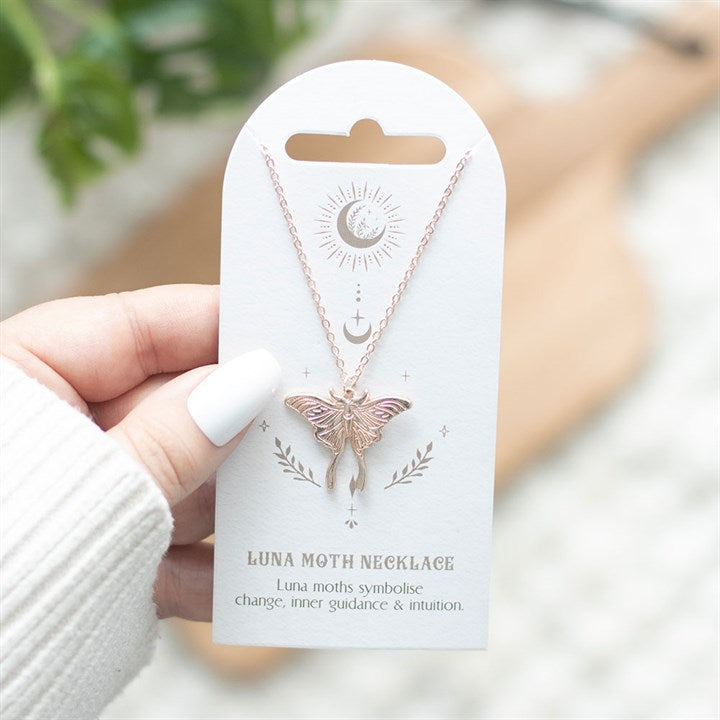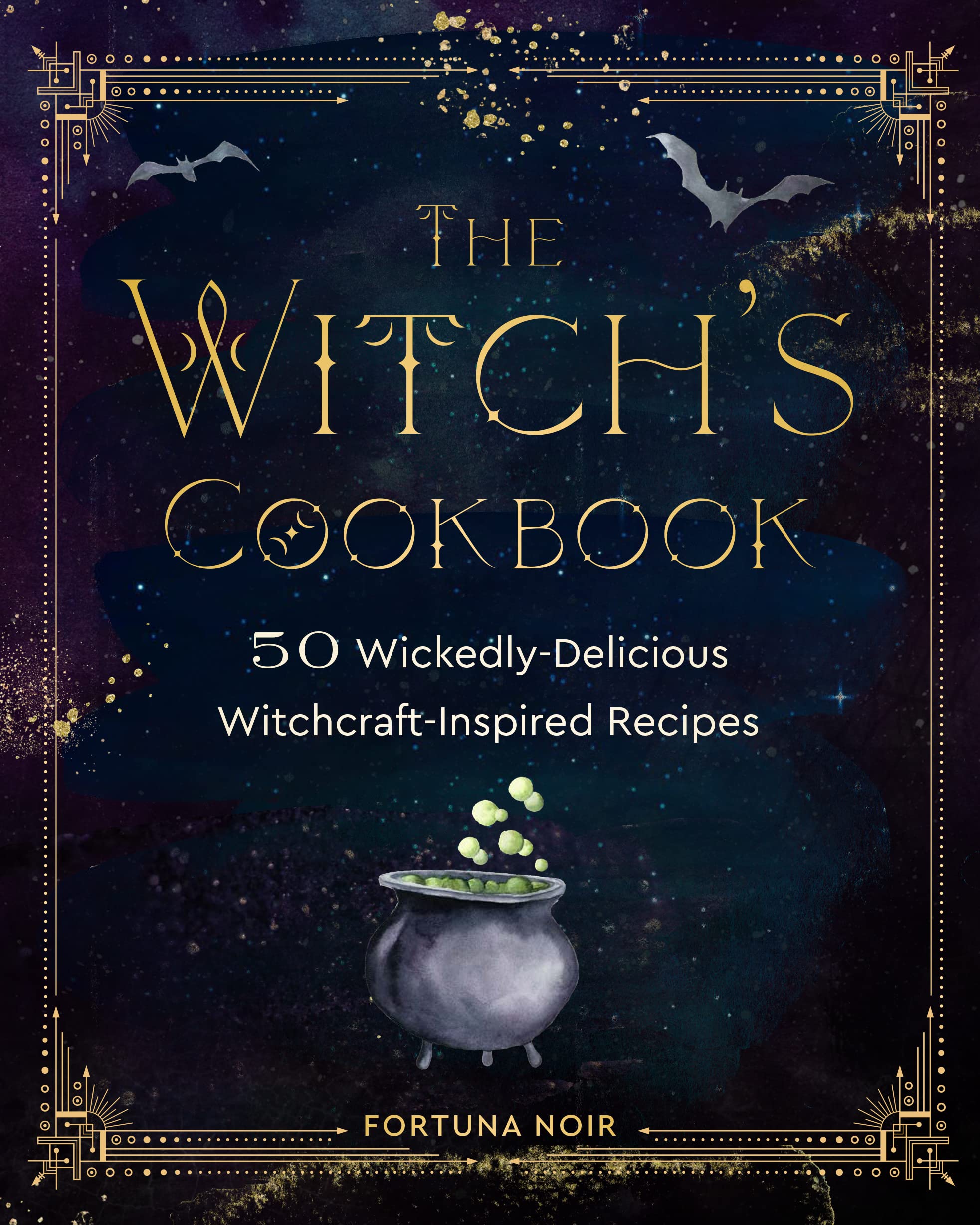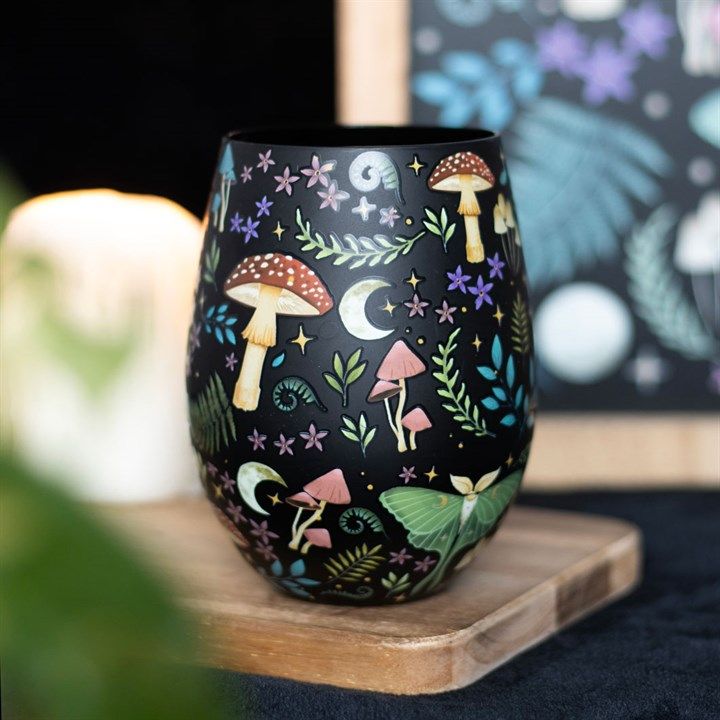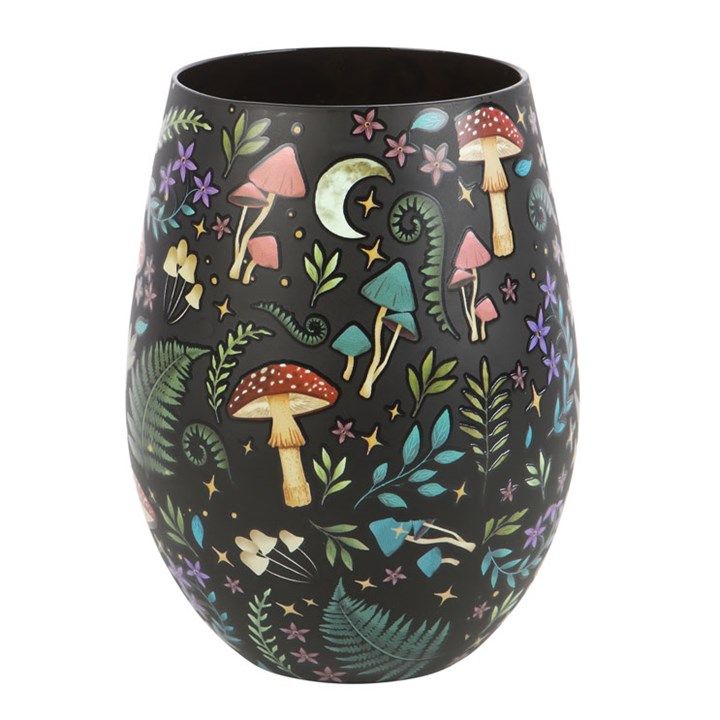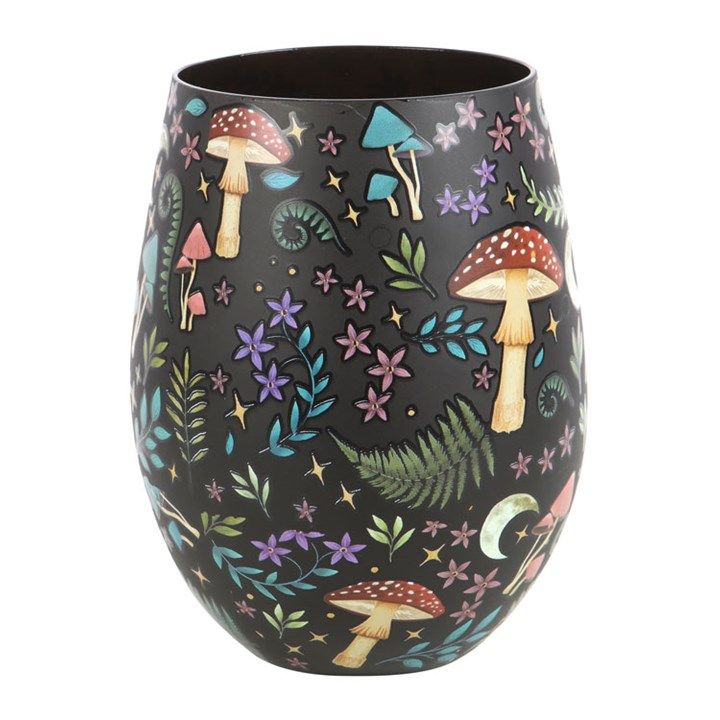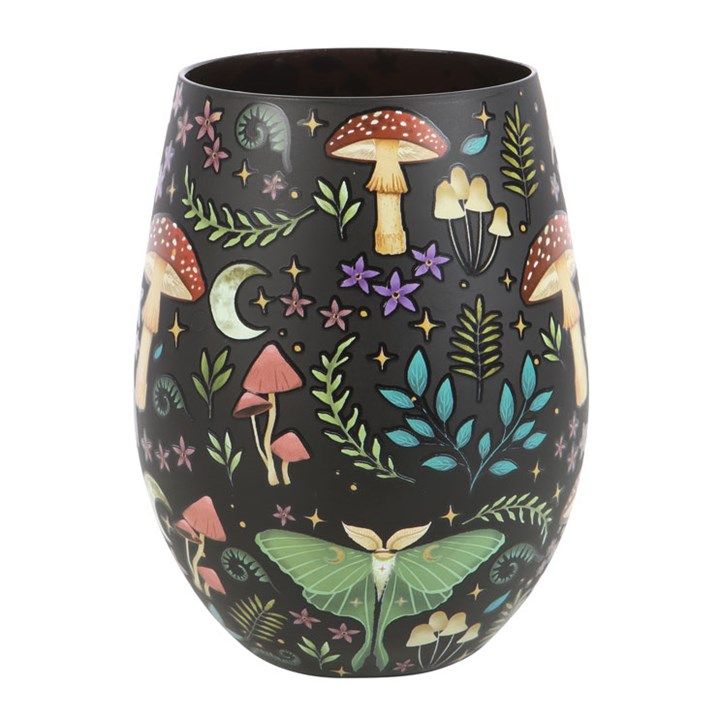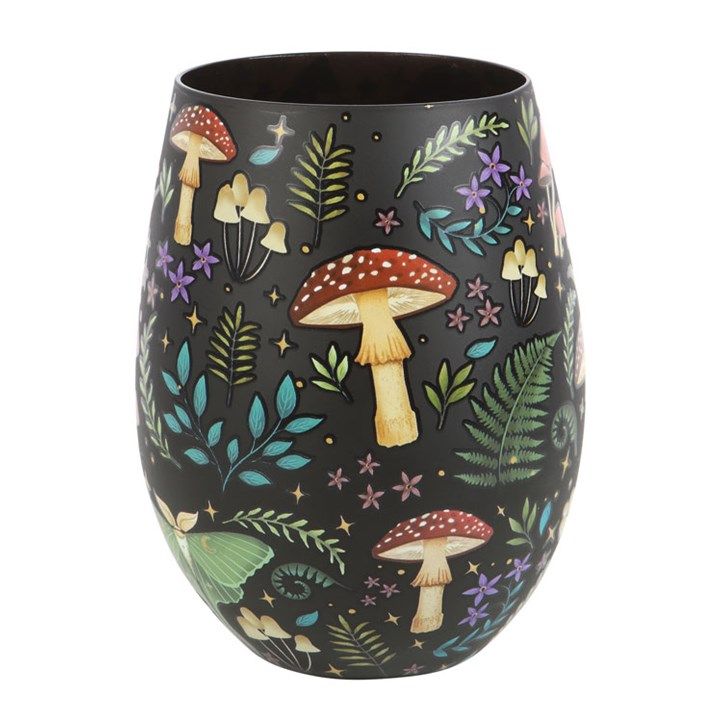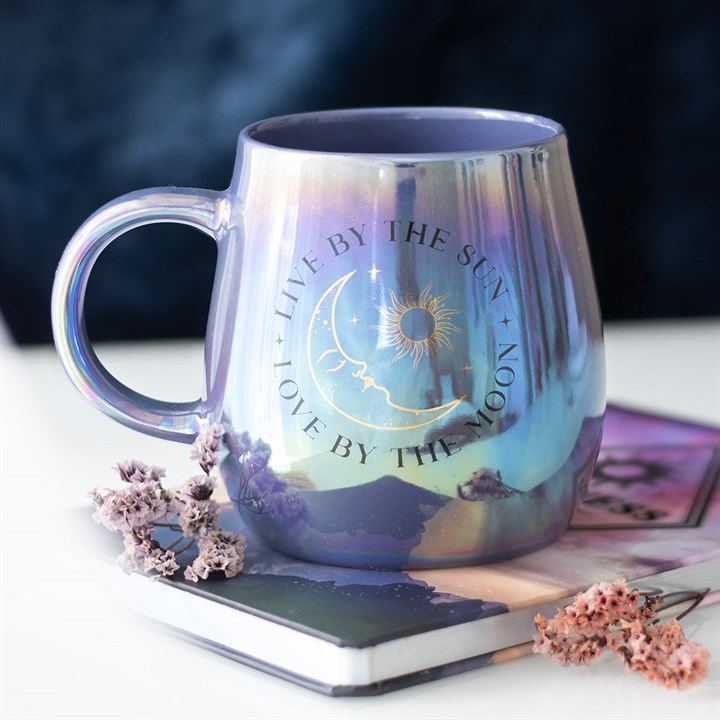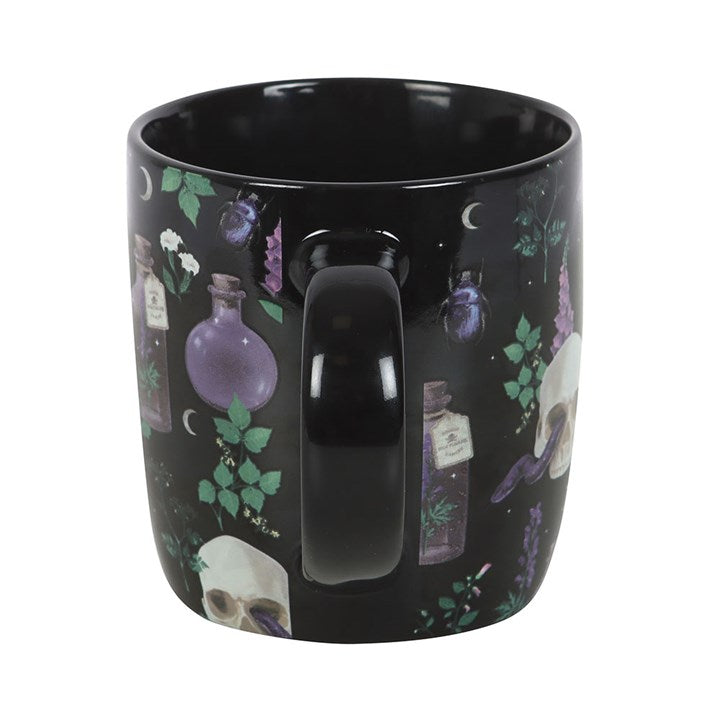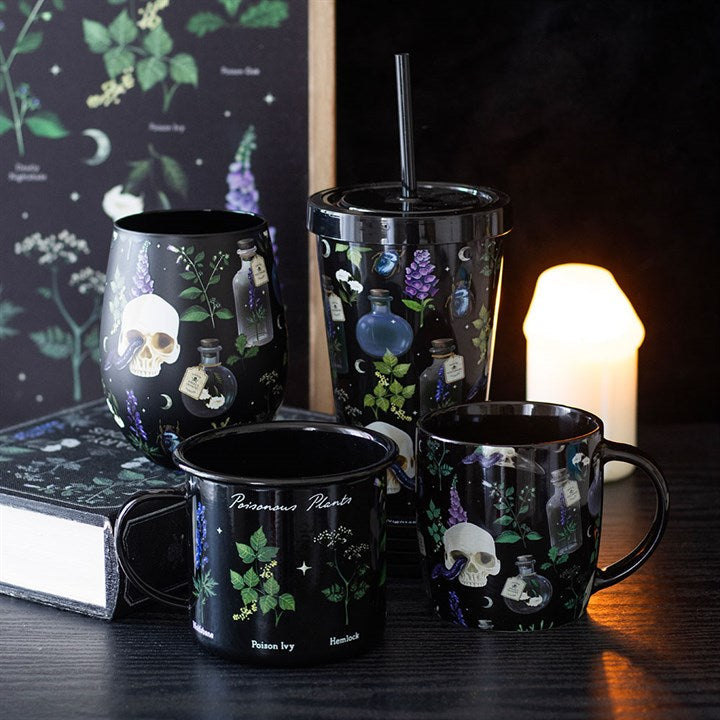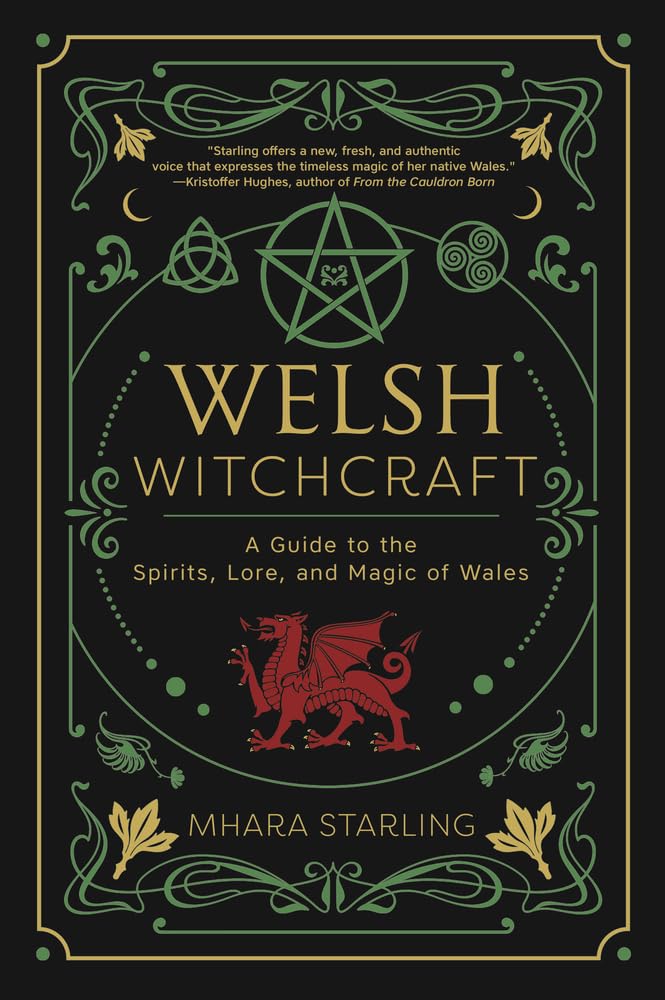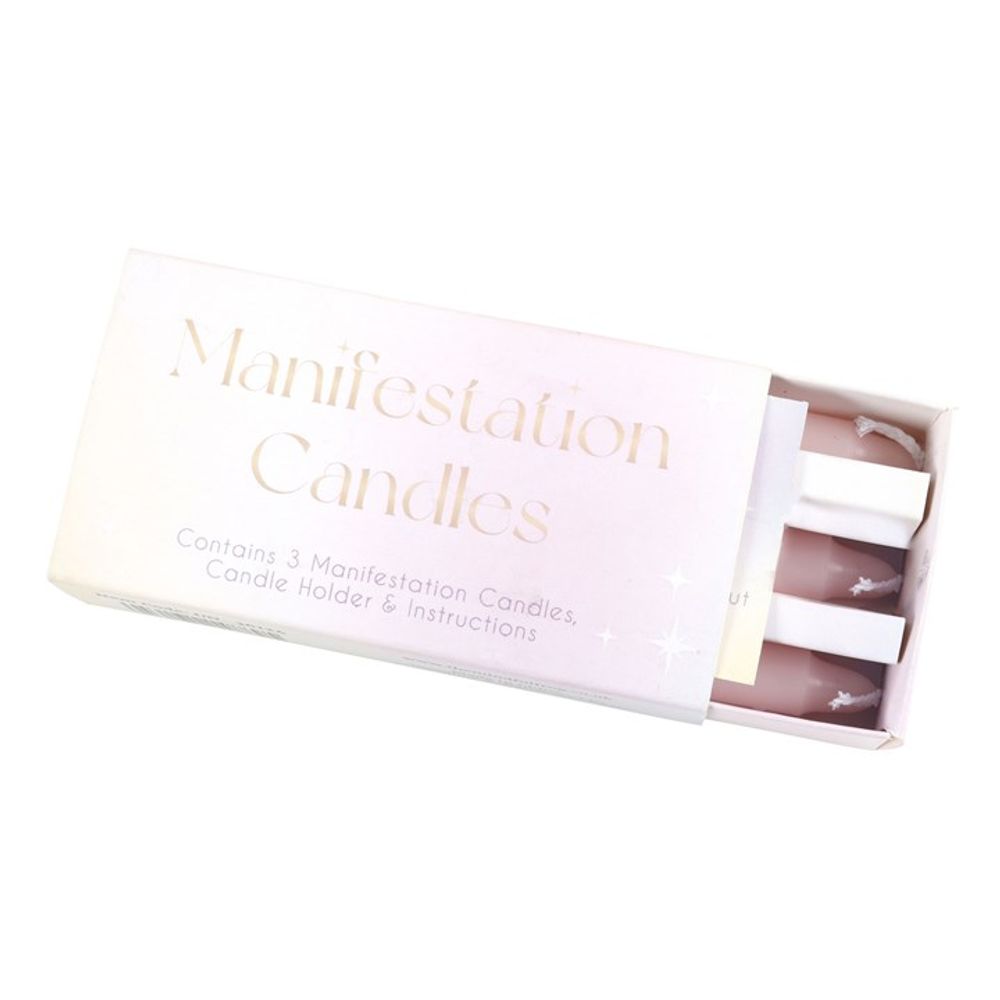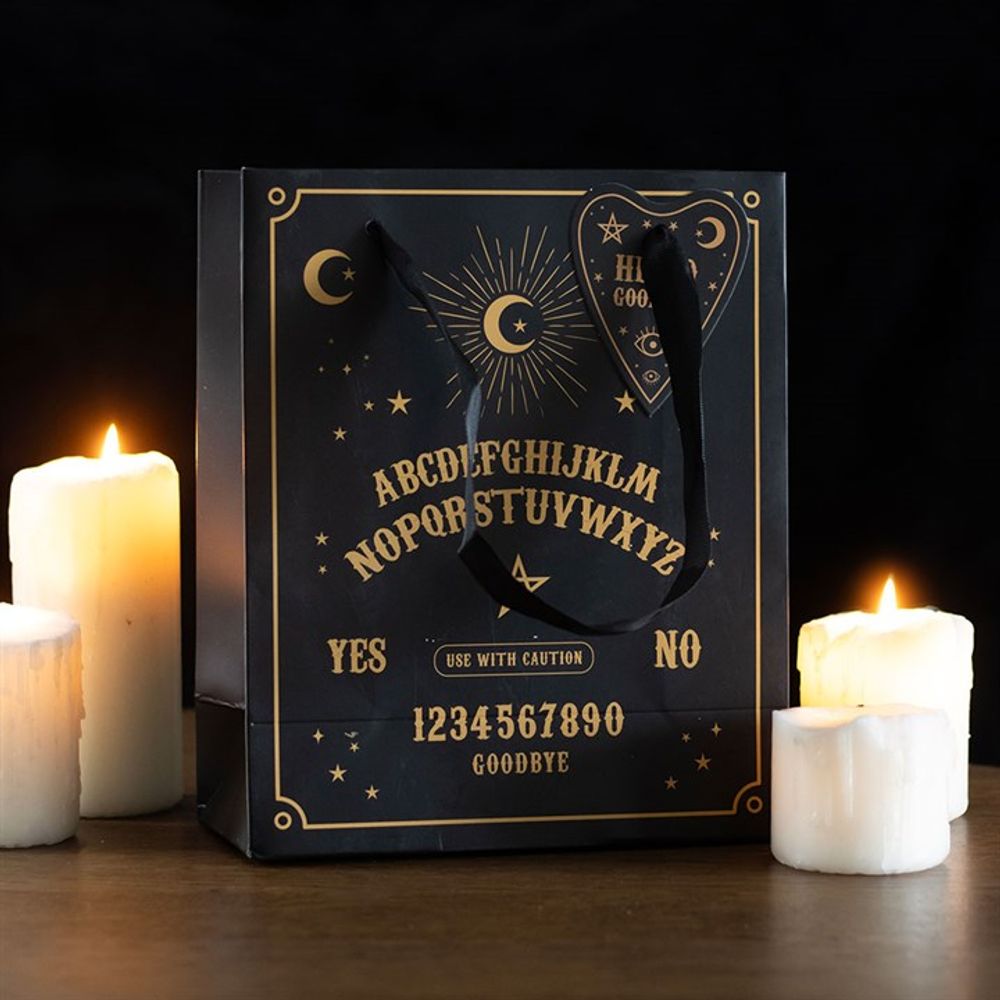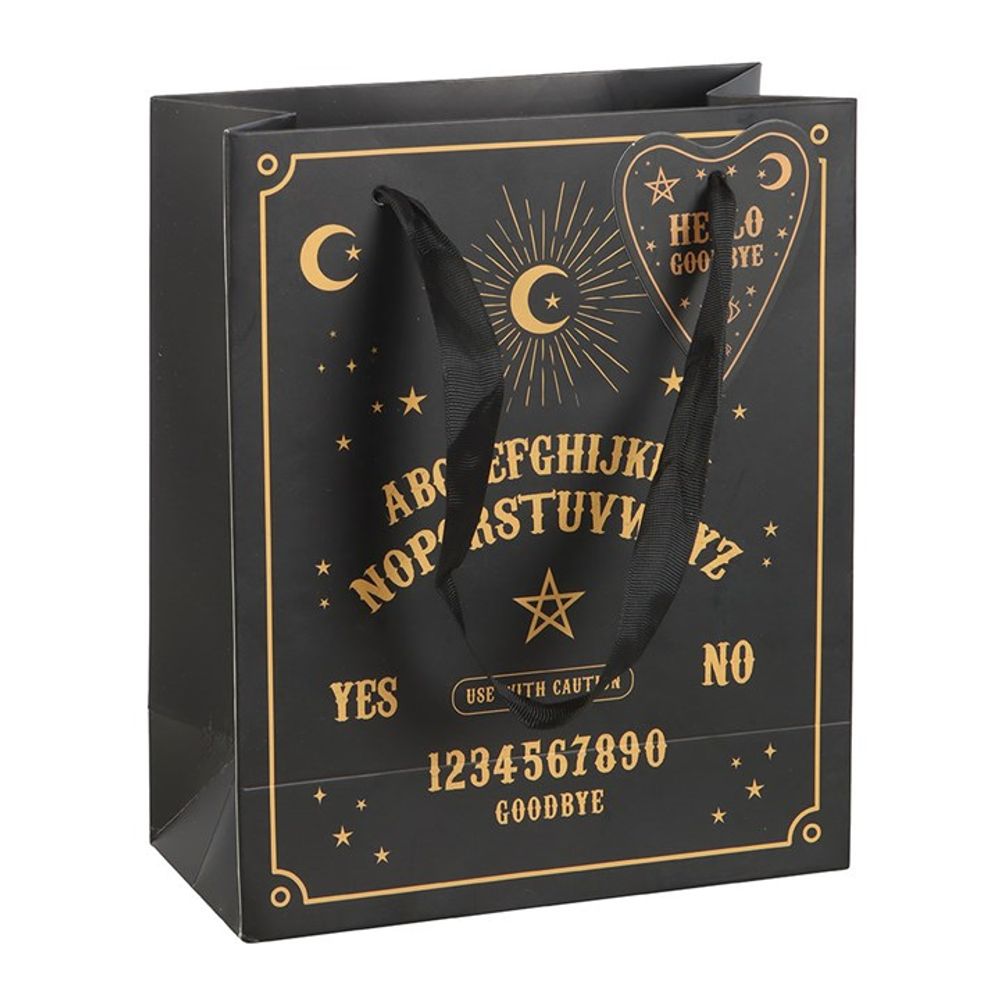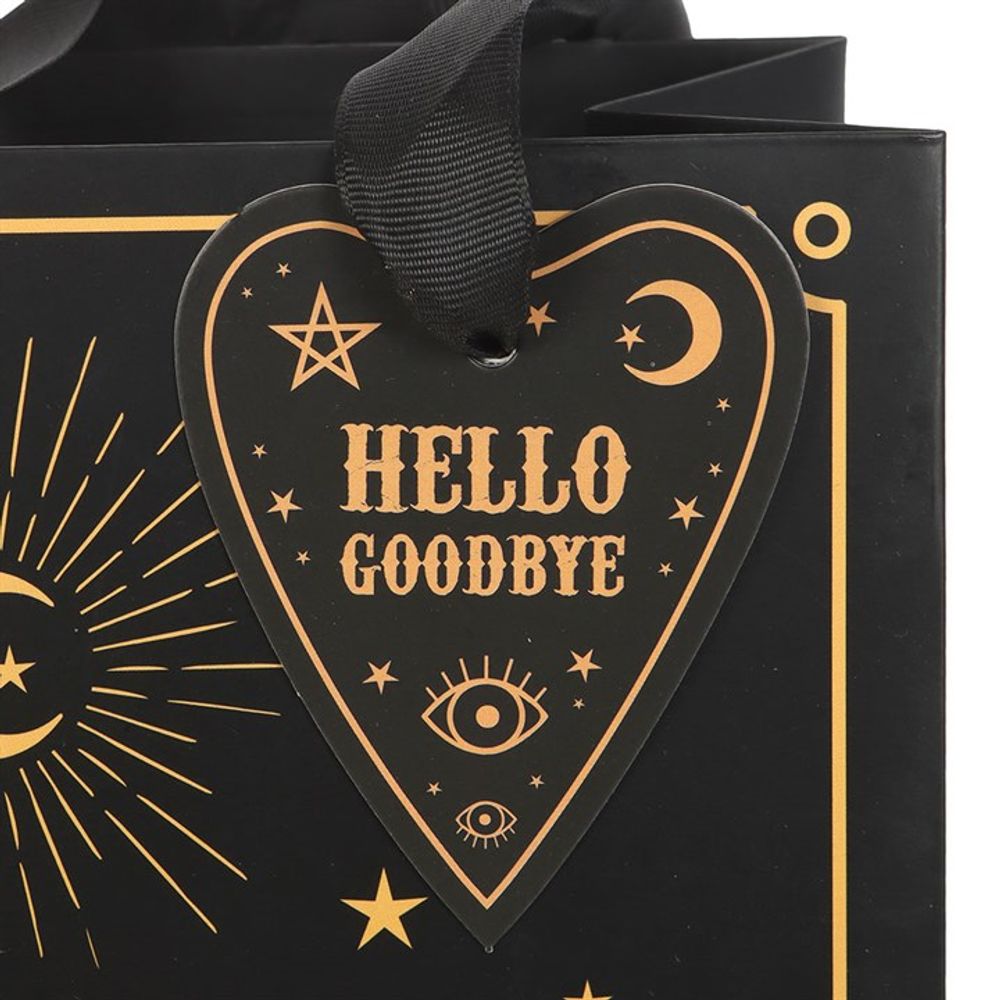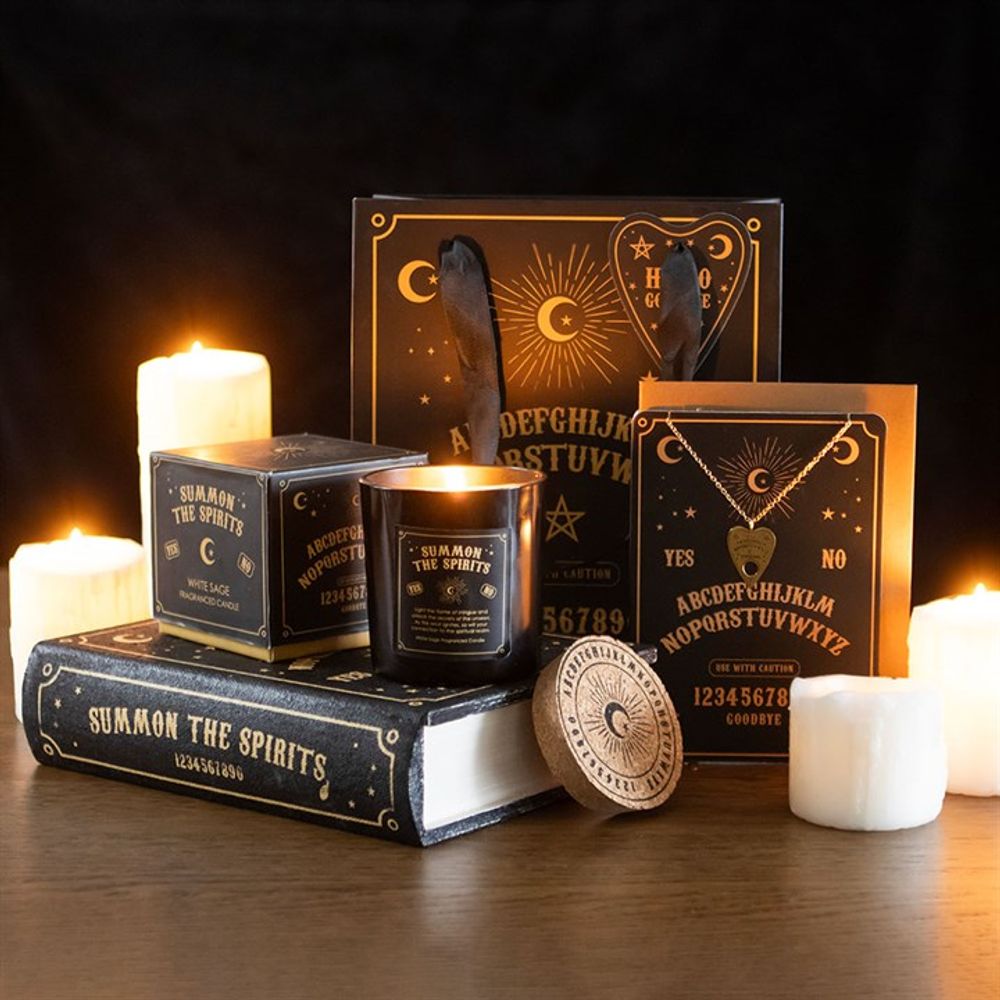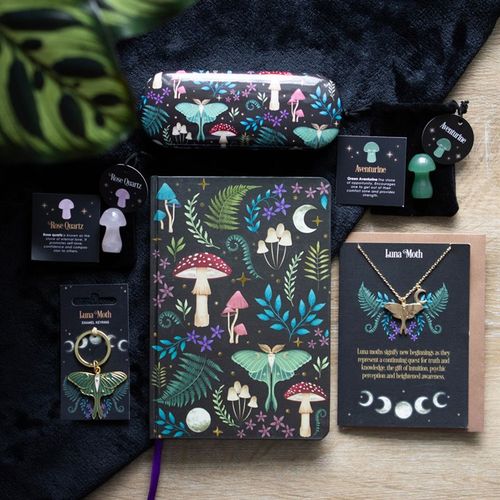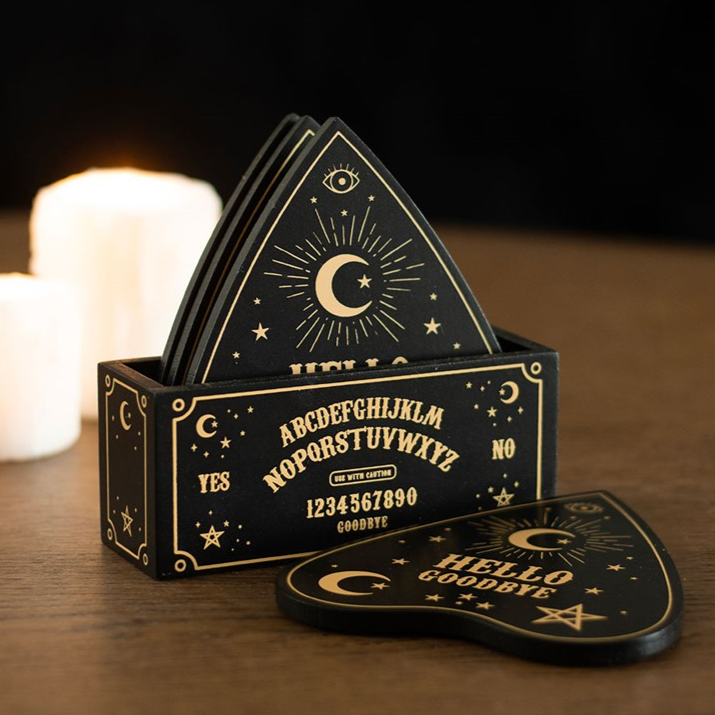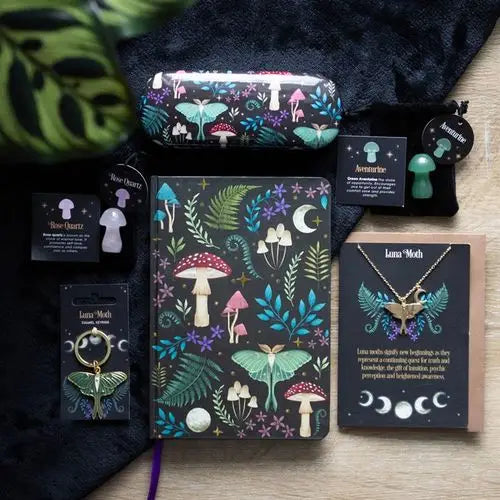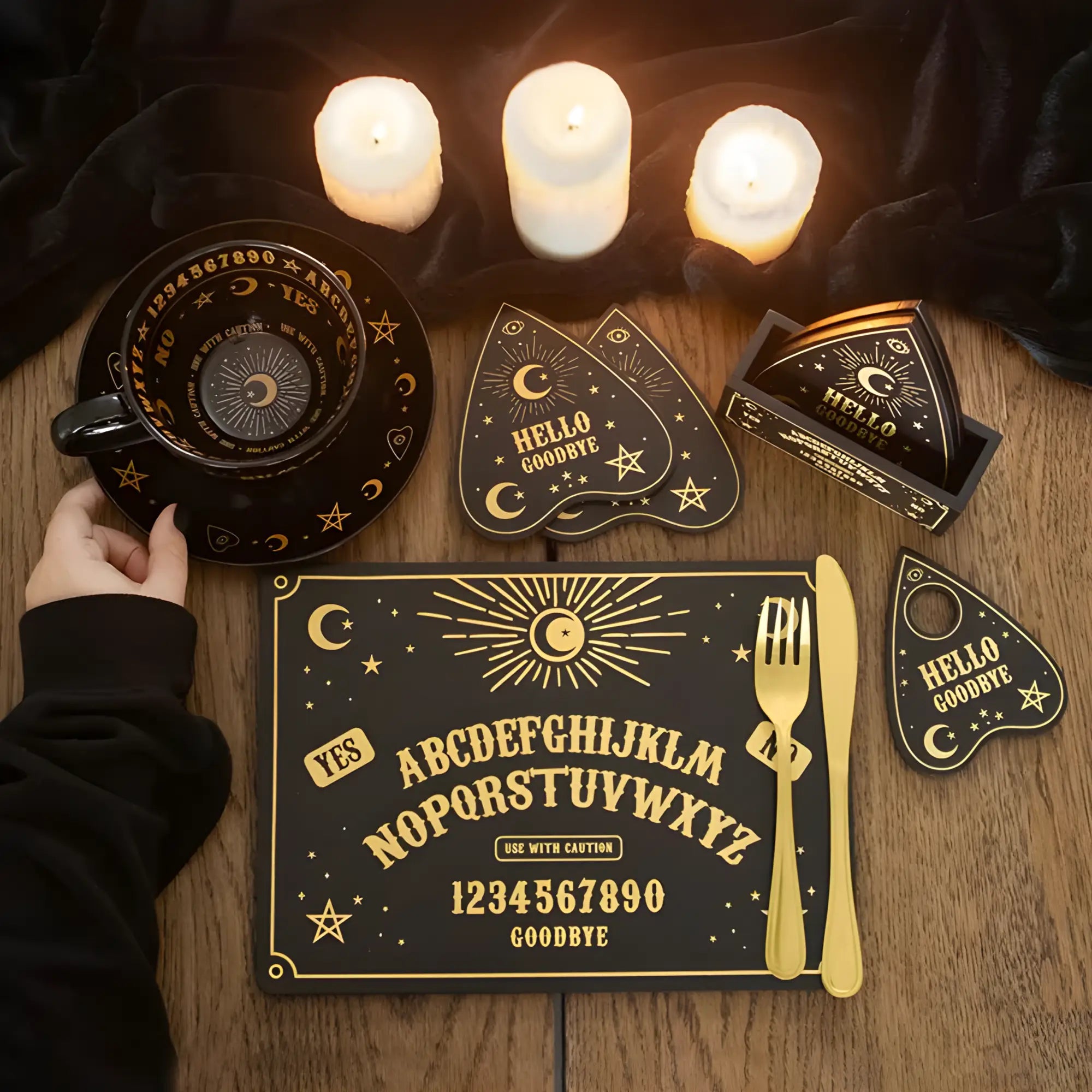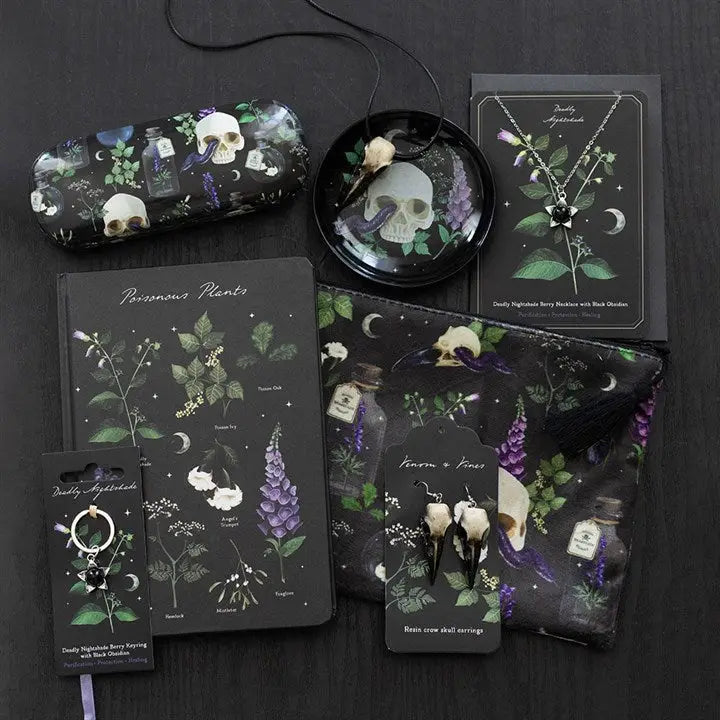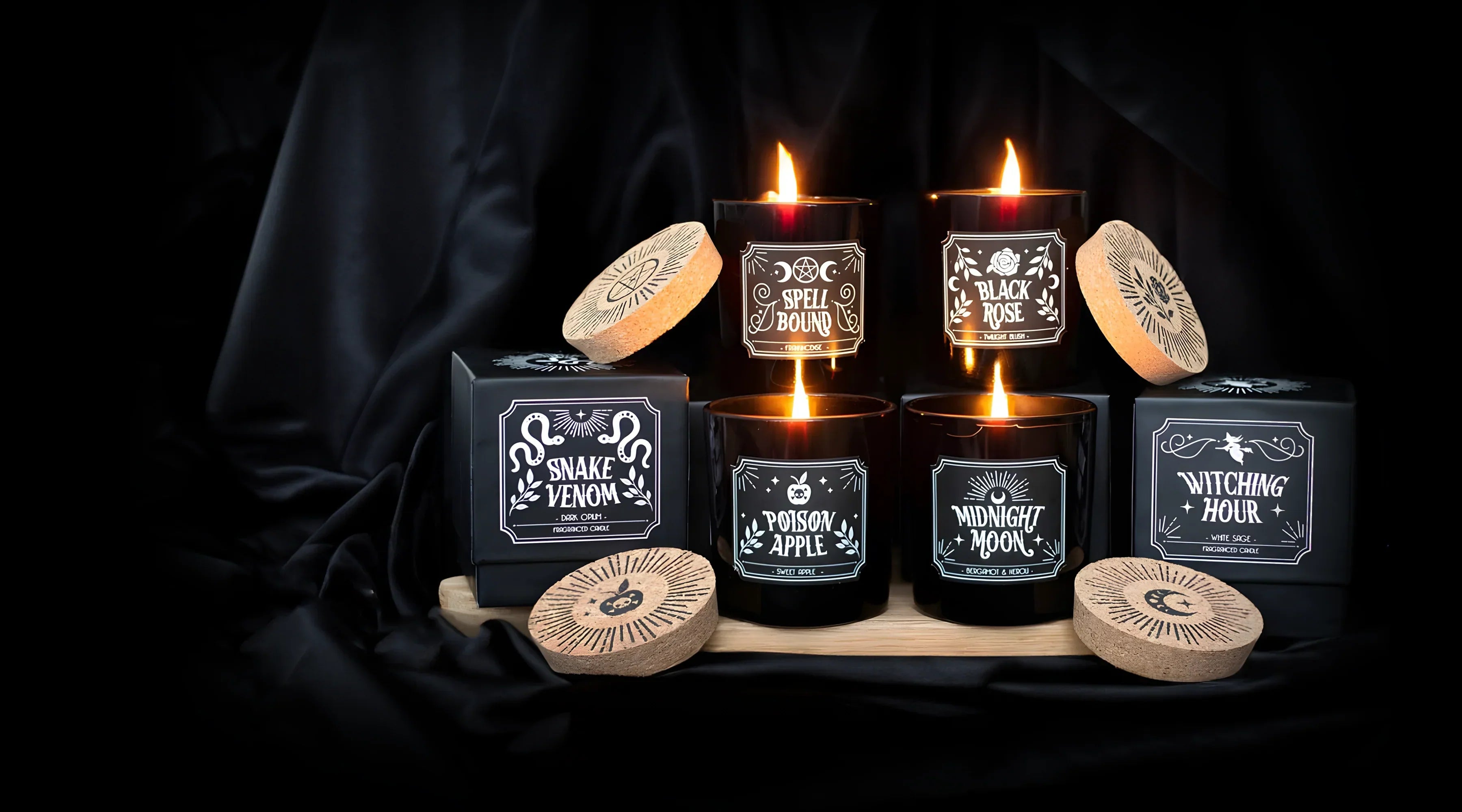Witchcraft has fascinated humanity for centuries, with ancient cultures depicting witches in various lights. From revered shamans to feared sorceresses, the roles of these figures reflect deep cultural beliefs. This blog explores witchcraft's enigmatic history, its relationship with folklore, and how agricultural lifestyles influenced perceptions of witches.
Unveiling the Mysteries of Witchcraft: Exploring Ancient Perceptions and the Influence of Folklore
How did ancient cultures perceive witches?
Throughout history, the concept of witchcraft has been shrouded in mystery, fear, and fascination. In many ancient cultures, the perception of witches was deeply rooted in the beliefs, traditions, and superstitions that shaped the worldview of those societies.
Across the globe, the image of the witch has taken on various forms, each reflecting the unique cultural and historical context in which it emerged. From the powerful, revered shamans of ancient civilizations to the malevolent, feared practitioners of sorcery, the role of the witch has been multifaceted and often contradictory.
- In ancient Mesopotamia, the figure of the witch was often associated with the power to control the elements and manipulate the forces of nature. These individuals were believed to possess the ability to cast spells, communicate with spirits, and influence the course of events.
- In ancient Egypt, the perception of witches was more complex, with some being regarded as healers and protectors, while others were viewed as dangerous, malicious practitioners of dark magic.
- In ancient Greece and Rome, the concept of the witch evolved, with figures like the Thessalian witches and the Erinyes (or Furies) being depicted as powerful, vengeful entities who could bring about destruction and misfortune.
The diverse and often contradictory perceptions of witches in ancient cultures underscore the complexity of this phenomenon, and the ways in which it has been shaped by the unique beliefs, traditions, and social structures of different civilizations.
What role did folklore play in witchcraft origins?
Folklore and oral traditions have played a significant role in shaping the origins and evolution of witchcraft beliefs across the globe. These narratives, passed down through generations, have often served as the foundation for the cultural understanding and representation of witches.
The rich tapestry of folklore has provided a fertile ground for the development and perpetuation of witchcraft beliefs. From the tales of malevolent, shape-shifting witches to the legends of benevolent, healing practitioners, these stories have deeply influenced the collective imagination and the ways in which societies have perceived and responded to the concept of witchcraft.
- Folktales and legends have often attributed supernatural powers, such as the ability to fly, communicate with animals, or manipulate the weather, to witches, reinforcing the notion of their otherworldly abilities and the perceived threat they posed to the community.
- Narratives of witches' sabbaths, where practitioners were believed to gather and engage in rituals and pacts with the devil, further fueled the fear and suspicion surrounding the practice of witchcraft.
- Folkloric traditions have also played a role in the gendering of witchcraft, with the majority of alleged witches being depicted as women, often in relation to their perceived connection to the natural world and the cycles of life.
The enduring influence of folklore in the origins and evolution of witchcraft beliefs underscores the power of storytelling in shaping cultural perceptions and the ways in which these narratives have both reflected and reinforced the societal attitudes towards this complex and often misunderstood phenomenon.
How did the agricultural lifestyle influence witch beliefs?
The close relationship between ancient societies and the natural world, particularly the agricultural way of life, has had a significant impact on the development and perpetuation of witchcraft beliefs. The dependency on the land and the cycles of nature fostered a deep reverence, as well as a sense of vulnerability, that manifested in the cultural perceptions of witches.
The agricultural lifestyle, with its reliance on the cycles of the seasons, the fertility of the soil, and the well-being of livestock, has been a driving force in shaping the beliefs and attitudes towards witchcraft. The perceived ability of witches to manipulate these natural forces has often been viewed as a threat to the community's survival and prosperity.
- In many agrarian societies, witches were believed to possess the power to control the weather, influence the growth of crops, and even cause the death of livestock. This perceived ability to disrupt the delicate balance of the natural world made them a source of both fear and superstition.
- The belief that witches could cause crop failures, droughts, and other environmental calamities further reinforced their association with the forces of nature and the perceived need to protect the community from their malicious intent.
- The role of women in traditional agricultural societies, often as keepers of medicinal and herbal knowledge, has also been a contributing factor in the gendering of witchcraft. Their perceived connection to the natural world and the cycles of life has fueled the belief that women were more susceptible to falling under the sway of dark powers.
The deep-rooted connection between the agricultural lifestyle and the development of witchcraft beliefs highlights the ways in which the practical realities of survival and the perceived threats to the community's well-being have shaped the cultural understanding and representation of this phenomenon across ancient civilizations.
The diverse and often contradictory perceptions of witches, the influential role of folklore, and the impact of the agricultural lifestyle on the development of witchcraft beliefs all contribute to the enduring fascination and complexity surrounding this topic. Understanding these historical and cultural contexts is essential for gaining a deeper appreciation of the multifaceted nature of witchcraft and its lasting impact on human societies.
The Chilling Legacy of the Witch Trials
What Fueled the Hysteria During the Witch Trials?
The witch trials that swept through Europe and colonial America in the 16th and 17th centuries were marked by an intense and widespread hysteria. This hysteria was fueled by a combination of religious fervor, political power struggles, and deep-seated societal fears.
The Influence of Religion and Superstition
- During this period, the Christian church held immense sway over the lives of the populace, and the belief in the existence of witches and the devil's influence was widespread.
- The concept of the "Malleus Maleficarum," a 15th-century treatise that provided a framework for identifying and prosecuting witches, further legitimized the hunt for those perceived as engaging in witchcraft.
- Superstition and a fear of the unknown also played a significant role, as many people sought to explain misfortunes and tragedies through the lens of supernatural forces.
The Role of Politics and Power Struggles
- The witch trials often intersected with political power struggles, as the accusation of witchcraft could be used as a tool to eliminate rivals and consolidate authority.
- In some cases, the trials served as a means for those in power to scapegoat marginalized groups, such as women, the poor, and the elderly, in order to maintain control and divert attention from other pressing issues.
- The desire for social and political dominance fueled the persecution of those deemed a threat to the established order, leading to the unjust imprisonment, torture, and execution of countless individuals.
The Impact of Societal Fears and Anxieties
- The witch trials were also a reflection of the deep-seated fears and anxieties that plagued 16th and 17th-century society, including concerns about social upheaval, economic instability, and the perceived erosion of traditional values.
- These fears were exacerbated by the widespread belief that witches were responsible for natural disasters, disease outbreaks, and other calamities, further fueling the hysteria and the drive to identify and eliminate those perceived as threats.
- The targeting of marginalized groups, such as women and the elderly, was also a manifestation of the underlying societal biases and power imbalances that existed at the time.
The witch trials were a complex and multifaceted phenomenon, driven by a potent mix of religious fervor, political power struggles, and deep-seated societal fears. Understanding the factors that contributed to this hysteria is crucial in order to prevent the recurrence of such tragedies in the future and to promote a more just and equitable society.
How Did Religion and Politics Intersect in Witch Hunts?
The witch trials of the 16th and 17th centuries were a haunting intersection of religion and politics, with both forces playing a significant role in fueling the hysteria and persecution of those accused of witchcraft.
The Influence of the Church
- The Christian church held immense power and influence during this period, and its teachings and beliefs were central to the widespread acceptance of the existence of witches and the devil's influence.
- The clergy and religious authorities often took a leading role in the identification, prosecution, and punishment of those accused of witchcraft, leveraging their spiritual and institutional authority to validate the persecution.
- The "Malleus Maleficarum," a treatise on the identification and prosecution of witches, was written by two Dominican friars and served as a blueprint for many of the witch trials.
The Intersection of Politics and Religion
- The witch trials were not solely driven by religious fervor; they were also deeply intertwined with political power struggles and the desire for social and political control.
- In many cases, the accusation of witchcraft was used as a tool to eliminate political rivals, consolidate authority, and scapegoat marginalized groups, such as women, the poor, and the elderly.
- The religious and political establishments often worked in tandem, with the church providing the theological justification for the persecution and the state apparatus carrying out the arrests, trials, and executions.
The Consequences of the Witch Hunts
- The intersection of religion and politics in the witch trials led to the unjust imprisonment, torture, and execution of countless individuals, many of whom were members of marginalized communities.
- The trials had a devastating impact on the lives of those accused, as well as their families and communities, sowing fear, mistrust, and lasting trauma.
- The legacy of the witch trials continues to be felt today, serving as a stark reminder of the dangers of the misuse of power and the need for the separation of church and state.
The witch trials were a chilling example of the dangers that can arise when religion and politics become intertwined, leading to the persecution and destruction of innocent lives. Understanding this historical context is crucial in order to prevent the recurrence of such tragedies and to promote a more just and equitable society.
What Were the Consequences for Those Accused of Witchcraft?
The consequences for those accused of witchcraft during the 16th and 17th-century witch trials were often severe and devastating, with many facing imprisonment, torture, and execution.
The Trauma of Accusation and Persecution
- Being accused of witchcraft was a terrifying and life-altering experience for those caught up in the hysteria of the witch trials.
- The accusation itself often led to social ostracization, loss of livelihood, and the breakdown of family and community ties, as the fear and suspicion surrounding the accused spread like wildfire.
- Many of those accused were subjected to intense interrogation, torture, and other forms of abuse in an effort to extract confessions and further "evidence" of their supposed involvement in witchcraft.
The Horrors of Imprisonment and Execution
- Those found guilty of witchcraft faced a grim fate, with many being sentenced to imprisonment, often in deplorable conditions, or to death by hanging, drowning, or burning at the stake.
- The execution of those accused of witchcraft was a particularly horrific and public spectacle, with the victims often enduring unimaginable suffering before their lives were taken.
- The trauma and suffering experienced by those accused, as well as their families and communities, was immense and long-lasting, with the scars of the witch trials leaving a deep and lasting impact.
The Lasting Legacy of Injustice
- The witch trials resulted in the unjust persecution and execution of thousands of individuals, many of whom were members of marginalized communities, such as women, the poor, and the elderly.
- The trials have been widely condemned as a shameful chapter in history, representing a failure of the justice system and the misuse of power by religious and political authorities.
- The legacy of the witch trials continues to be felt today, serving as a cautionary tale about the dangers of scapegoating, prejudice, and the erosion of civil liberties in the face of fear and hysteria.
The consequences of the witch trials were devastating, leaving a lasting mark on the lives of those accused and their families. The trials serve as a stark reminder of the importance of upholding the principles of justice, equality, and human rights, even in the face of societal upheaval and fear. Remembering and learning from this dark chapter in history is crucial in order to prevent the recurrence of such tragedies in the future.
The Evolution of Witchcraft in Modern Times
Contemporary Views on Witchcraft
Witchcraft, a topic that has captivated the human imagination for centuries, continues to evolve and garner attention in the modern era. As society progresses, the perspectives on this ancient practice have undergone a significant transformation, reflecting the changing attitudes and beliefs of the global community.
The contemporary views on witchcraft are multifaceted and nuanced, ranging from skepticism to reverence. While some individuals maintain a skeptical stance, dismissing witchcraft as superstition or fiction, others have embraced it as a legitimate spiritual practice and way of life.
- Skeptics often view witchcraft through the lens of rationality and science, arguing that the supernatural elements associated with it lack empirical evidence.
- Proponents of witchcraft, on the other hand, emphasize its rich cultural heritage, the personal significance it holds for practitioners, and the sense of empowerment it can provide.
- Academics and researchers have also contributed to the ongoing discourse, analyzing the historical and anthropological aspects of witchcraft, shedding light on its evolution and societal impact.
Pop Culture's Influence on Perceptions of Witches
The portrayal of witches in popular culture has had a profound impact on how they are perceived in the modern world. From classic fairy tales to contemporary media, the image of the witch has undergone a remarkable transformation, shaping public opinion and understanding.
The influence of pop culture on the perception of witches is undeniable. While some depictions have perpetuated negative stereotypes, others have challenged and reframed the traditional notions of witchcraft.
- The classic image of the wicked, cackling witch with a pointy hat and broomstick has been a recurring trope in fairy tales and children's stories, often casting witches as villainous and dangerous.
- However, more recent representations in television, film, and literature have sought to humanize and empower witches, showcasing their complexity and agency.
- These modern portrayals have helped to challenge the historical stigma associated with witchcraft, opening up new dialogues and fostering a more nuanced understanding of the practice.
Reinterpreting Witchcraft in the Modern Era
As the world evolves, modern practitioners of witchcraft have sought to reinterpret and redefine the practice, drawing on both traditional and contemporary influences. This process has resulted in a diverse landscape of witchcraft, allowing for a more inclusive and empowering approach.
The reinterpretation of witchcraft in the modern era has taken various forms, reflecting the diverse needs and perspectives of individuals and communities.
- Some practitioners have sought to revive and preserve the traditional elements of witchcraft, focusing on the historical practices and beliefs.
- Others have embraced a more eclectic approach, blending traditional witchcraft with contemporary spiritual and metaphysical teachings, creating a unique and personalized form of the practice.
- Feminist and LGBTQ+ movements have also played a significant role in the reinterpretation of witchcraft, empowering individuals to reclaim the practice as a means of self-expression and resistance against oppressive societal norms.
The evolution of witchcraft in the modern era underscores the dynamic and multifaceted nature of this ancient practice. As society continues to evolve, the perspectives and interpretations of witchcraft will undoubtedly continue to shift, reflecting the changing needs and beliefs of the global community. By embracing this diversity and openness to new interpretations, we can gain a deeper understanding of the rich and complex history of witchcraft, and its enduring relevance in the modern world.
Q&A
How did ancient cultures perceive witches?
Ancient cultures viewed witches in varied ways, from revered shamans in Mesopotamia who controlled nature to both healers and dangerous individuals in Egypt. In Greece and Rome, witches were depicted as vengeful beings capable of causing chaos.
What role did folklore play in witchcraft origins?
Folklore has significantly shaped witchcraft beliefs, providing narratives that portray witches with supernatural powers. These stories have both reflected societal attitudes and fueled fears about witchcraft, particularly regarding women as practitioners.
How did the agricultural lifestyle influence witch beliefs?
Agrarian societies tied witches to the natural cycles crucial for survival, viewing them as both essential and threatening figures. The belief that witches could control weather or cause crop failures reinforced superstitions and fears.
What fueled the hysteria during the Witch Trials?
The witch trials were driven by religious fervor, societal fears, and political power struggles. The belief in witches was bolstered by the church's influence and heightened by the desire to scapegoat marginalized groups.
How did religion and politics intersect in witch hunts?
Religion and politics intersected during the witch trials as the church legitimized witch hunts using theological arguments, while political authorities utilized accusations for control, scapegoating rivals or marginalized communities.
What were the consequences for those accused of witchcraft?
Those accused of witchcraft often faced severe consequences, including imprisonment, torture, and execution. The social ramifications included ostracization and the trauma experienced by families and communities endured long after the trials.
What are contemporary views on witchcraft?
Contemporary views on witchcraft vary widely. While some dismiss it as superstition, others embrace it as a legitimate spiritual practice. Academic research has also examined its historical and cultural significance in modern society.
How has pop culture influenced perceptions of witches?
Pop culture has significantly influenced modern perceptions of witches, shifting depictions from wicked stereotypes to more complex and empowered characters, thus challenging historical stigmas and inviting new dialogues around witchcraft.
How are modern practitioners redefining witchcraft?
Modern practitioners are redefining witchcraft by blending traditional practices with contemporary spiritualities. Movements like feminism and LGBTQ+ advocacy have empowered individuals to reclaim witchcraft as a form of self-expression.
The history of witchcraft, from ancient beliefs to the dark chapters of the witch trials, illustrates humanity's complex relationship with this topic. Understanding past perceptions and their evolution helps to foster deeper appreciation for the nuances surrounding witchcraft in today's diverse world.

